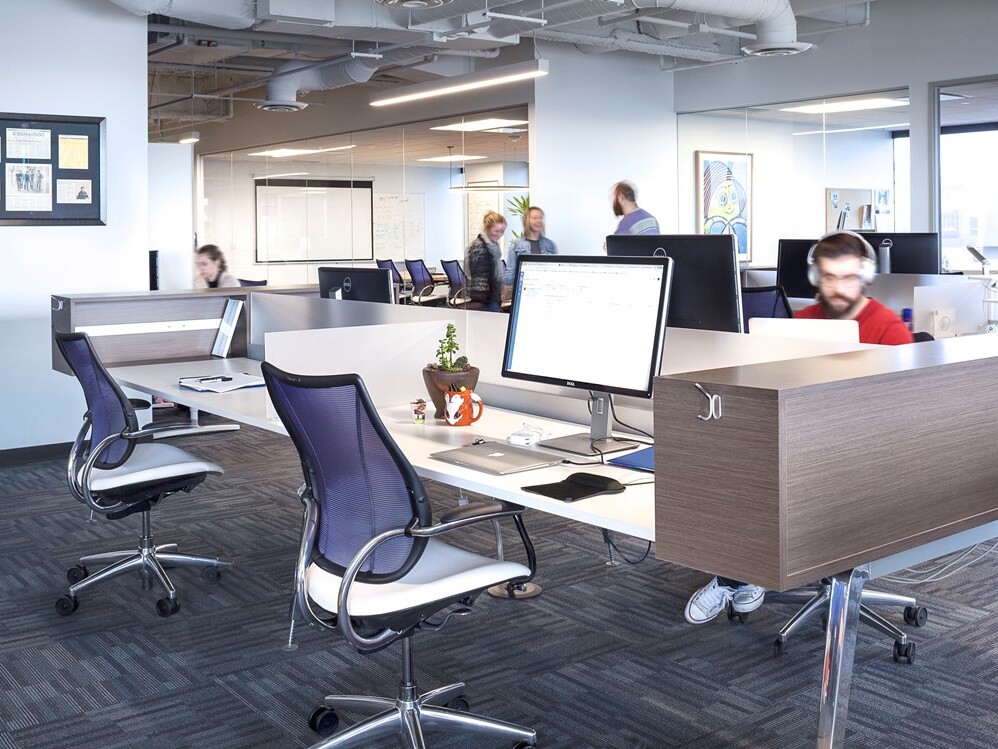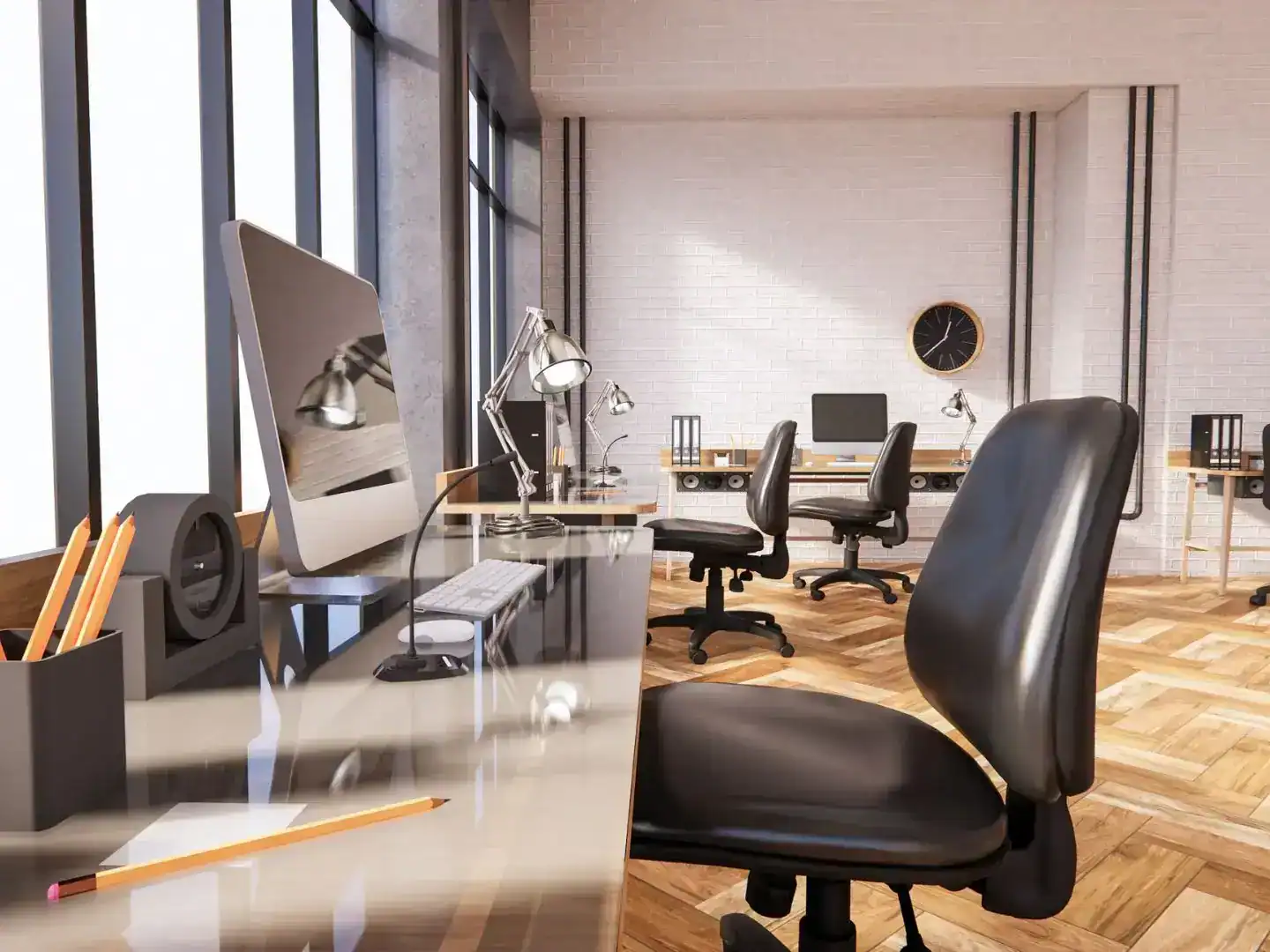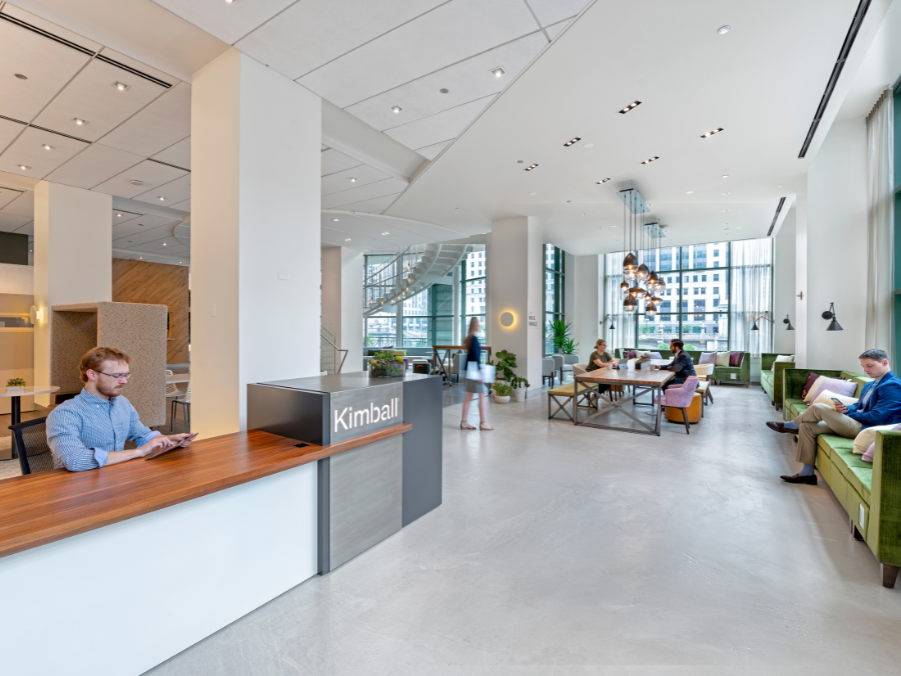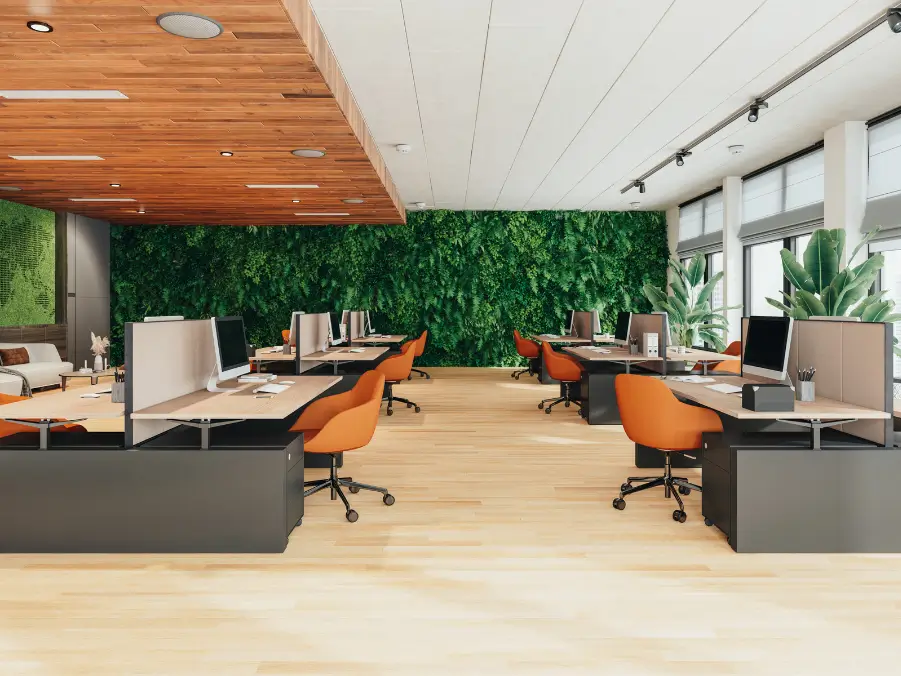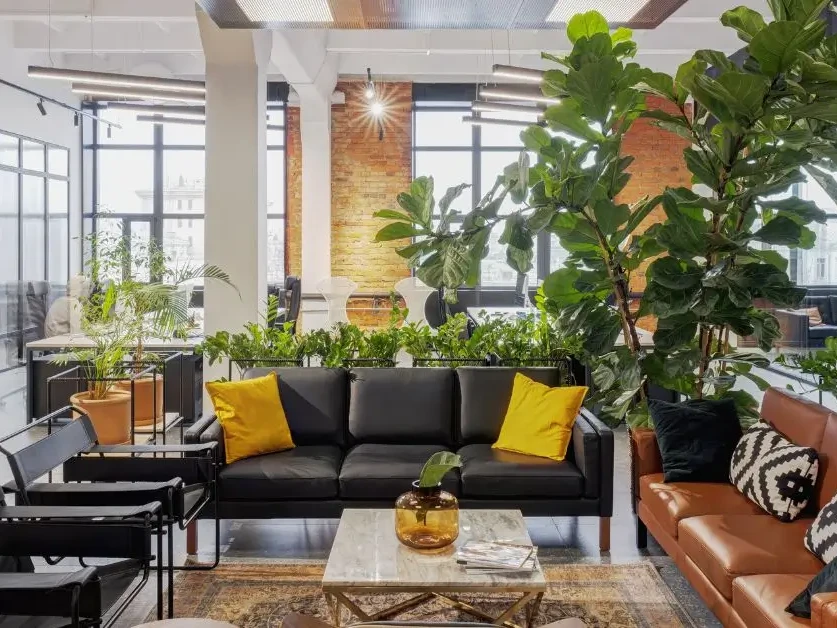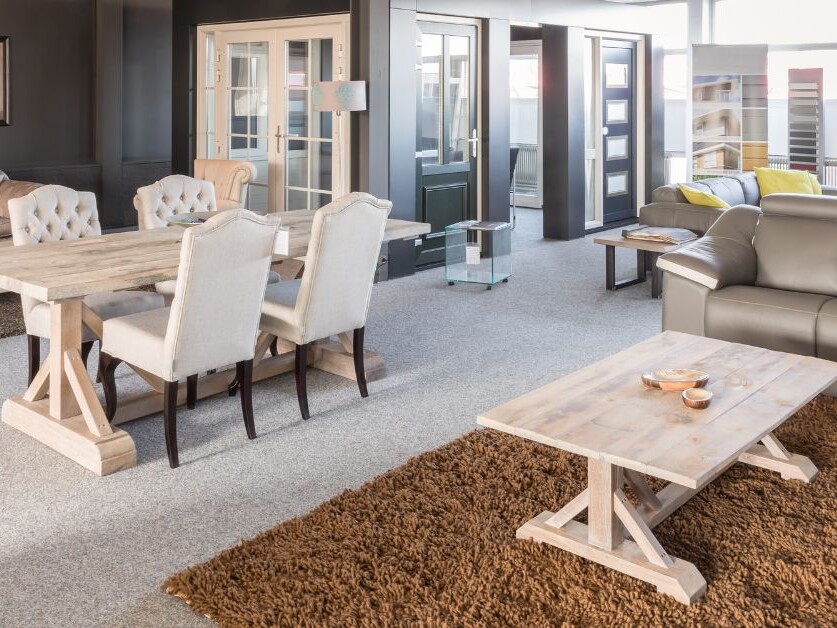Today’s offices aren’t just about productivity — they’re about well-being. Companies are recognizing that the design of a workspace directly impacts employee health, engagement, and overall satisfaction.
Why Well-Being Matters in Design
The workplace is where many people spend the majority of their day. Poor lighting, inadequate ergonomics, or uninspiring environments can contribute to fatigue, stress, and even turnover. By contrast, well-designed spaces support both physical and mental health.
Core Principles of Wellness-Focused Office Design
- Biophilic Design
Incorporating natural light, greenery, and organic materials creates a sense of calm and connection to nature. Studies show that biophilic elements can reduce stress and increase creativity. - Ergonomics
Adjustable chairs, sit-stand desks, and well-positioned monitors help reduce strain and improve long-term health. Ergonomics is no longer optional — it’s expected. - Air, Light, and Sound
Access to daylight, clean indoor air, and acoustic control are critical to overall wellness. These elements align with the WELL Building Standard, which emphasizes comfort and performance. - Sustainable Materials
Choosing eco-friendly finishes and responsibly sourced furniture supports not only human health but also environmental stewardship.
The ROI of Well-Being
A healthy office isn’t just good for people — it’s good for business. Research from the IWBI links wellness-focused design with higher productivity, lower absenteeism, and stronger employee engagement. Clients and visitors also experience a positive impression when they walk into a space that feels vibrant and intentional.
Final Takeaway
Designing for well-being means putting people first. By prioritizing comfort, health, and sustainability, workplaces can become environments where employees thrive and organizations succeed.
Ready to bring wellness and sustainability into your office design? Reach out to Environments Denver to explore solutions that create healthier, more inspiring workspaces.
